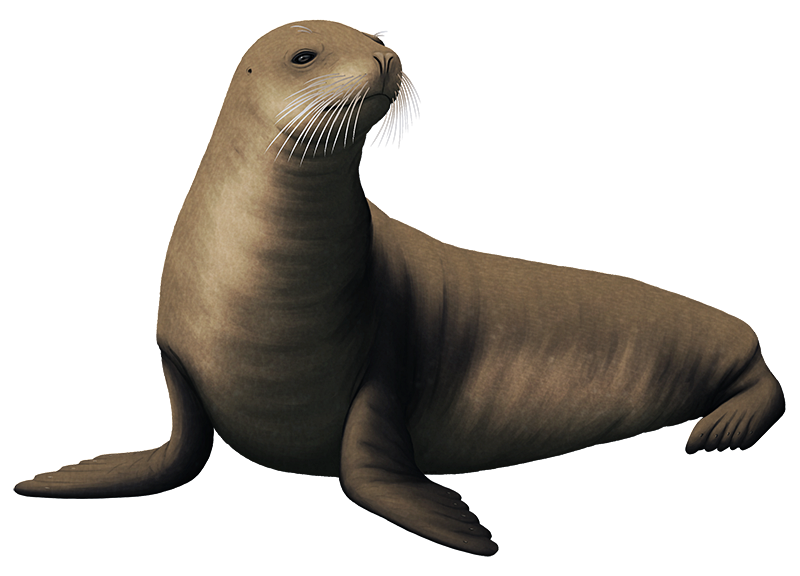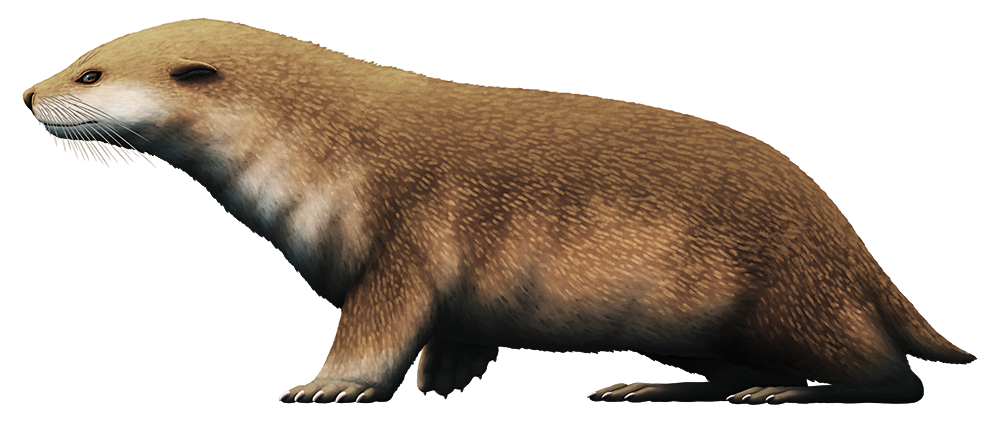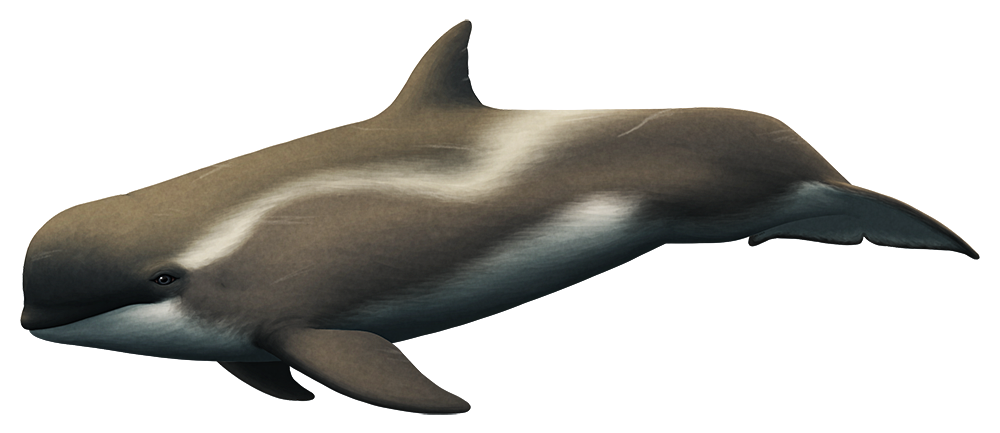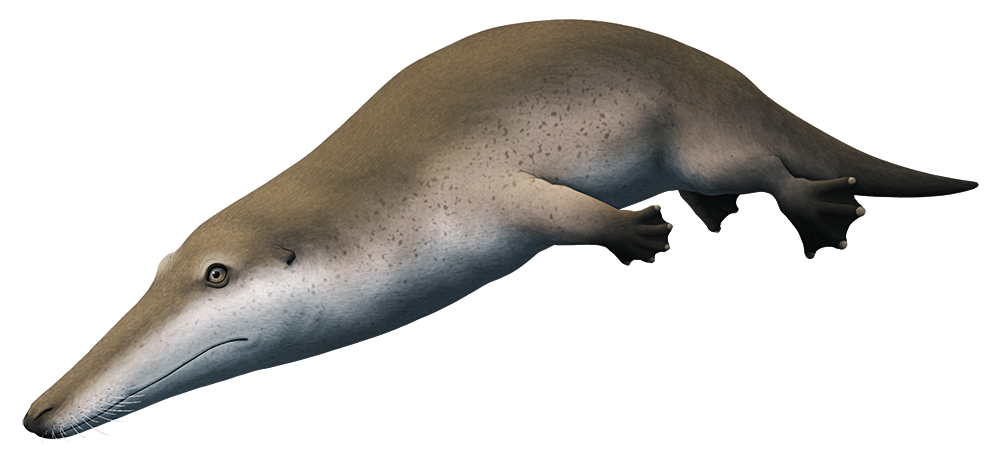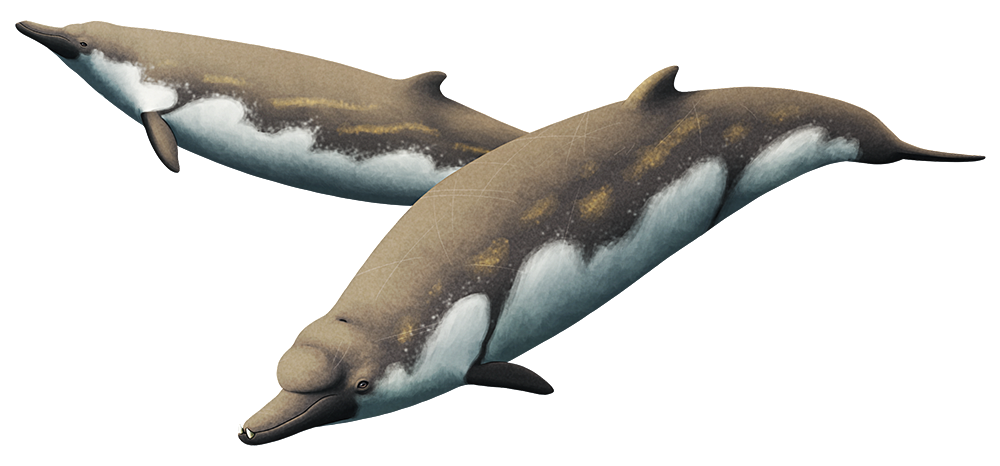Nanodobenus arandai, a pinniped from the mid-to late Miocene (~16-9 mya) of Baja California Sur, Mexico. Although it would have looked very similar to a sea lion, it was actually an early member of the walrus lineage that lacked the specialized long tusks that characterize its modern relatives.
At just 1.65m long (5′5″) it was only about half the size of living walruses, making it the smallest member of the group ever discovered and leading to it being given the nickname “smallrus”.
It probably occupied a similar sort of fish-eating ecological niche as true sea lions – which eventually replaced it in the region after its extinction – and since it lived alongside several other larger species of walrus it may have become dwarfed to avoid direct competition with them.

